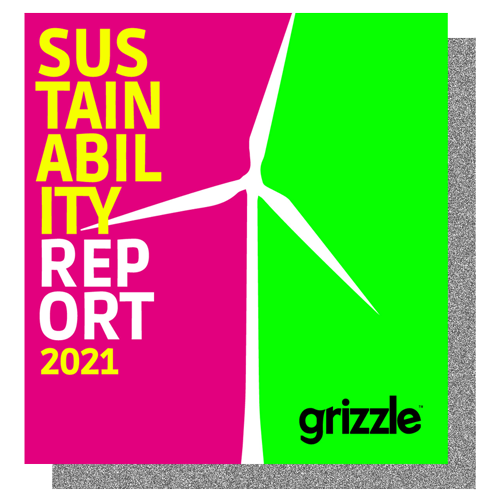Sustainability Report
We're a carbon negative animation studio, here's how we did it
2020 Operational Footprint
Scope 1 = 0.7t
Scope 2 = 1.2t
Scope 3 = 12.1t
Total = 14t CO2e
Legacy Emissions
2014 to 2019
Total = 46t CO2e
Carbon Offsets & Reductions
Nature Based Offsets = (-) 66t CO2e
Direct Air Capture = (-) 14t CO2e
Total = (-) 82t CO2e
Action Taken
💸Changed bank
❌🛫Pledged no flying
❄️Improved office insulation
☀️Switched to PPA-backed renewable energy contract
✔️Invested in 14t (25%) Direct Air Capture carbon reductions
✔️Invested in 66t (110%) Nature-Based offsets
🌬️Invested directly in UK wind farm
✔️Offset ALL legacy emissions
Getting to Negative
It hasn’t been easy and we’re still learning.
Decarbonisation is a fluid and rapidly evolving topic, with definitions and standards under an on-going process of review and refinement.
We’ve taken emissions to net negative by 35% CO2e including all legacy emissions accrued since the studio was founded in 2014.
We’re trying to lead the way in decarbonisation for the industry but we’re also acutely aware that the job is never finished.
12,500 miles
In 2021 over 70% of our carbon consumption came from the embodied energy of new computer equipment.
High-end animation demands suitably powerful computers, and unfortunately this comes with a high-carbon price tag. The energy required to mine rare earth metals used in the manufacture of CPUs, Graphics Cards and circuit boards is vast. The manufacture of semiconductors and nano materials also requires high energy input. A new workstation can have a footprint of around 3.5 tonnes CO2e, the same as a return flight from London to Sydney (or driving 12,500 miles in a family estate car.)
This was an awakening for us and we now have a policy in place in our animation studios to upgrade our equipment wherever we can to prolong our computer equipment’s life. That said, quite a tricky area for us and what we really need is innovation on the manufacturing side to offer low carbon alternatives.


